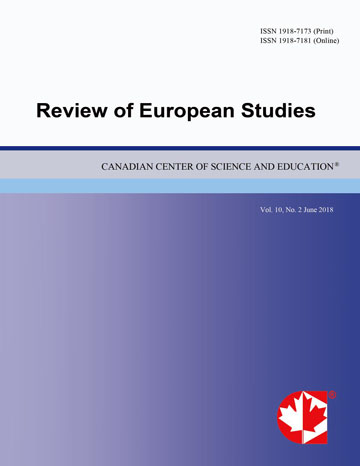A Cap-and-Trade Model of International Trade
Abstract
The paper introduces one variant of cap-and-trade system of environmental policy and shows its effects on income distribution, structure of production and comparative advantage. The main result is that cap-and-trade leaves no scope to dispute the pollution haven hypothesis. A country may certainly make discretionary use of cap-and-trade parameters to improve its competitiveness in world trade. An expansion of the supply of permits may turn out to be a new trade policy, making a mockery of the objective of reversing climate change. This paper underscores the importance of free international trading in permits.
 PDF
PDF
